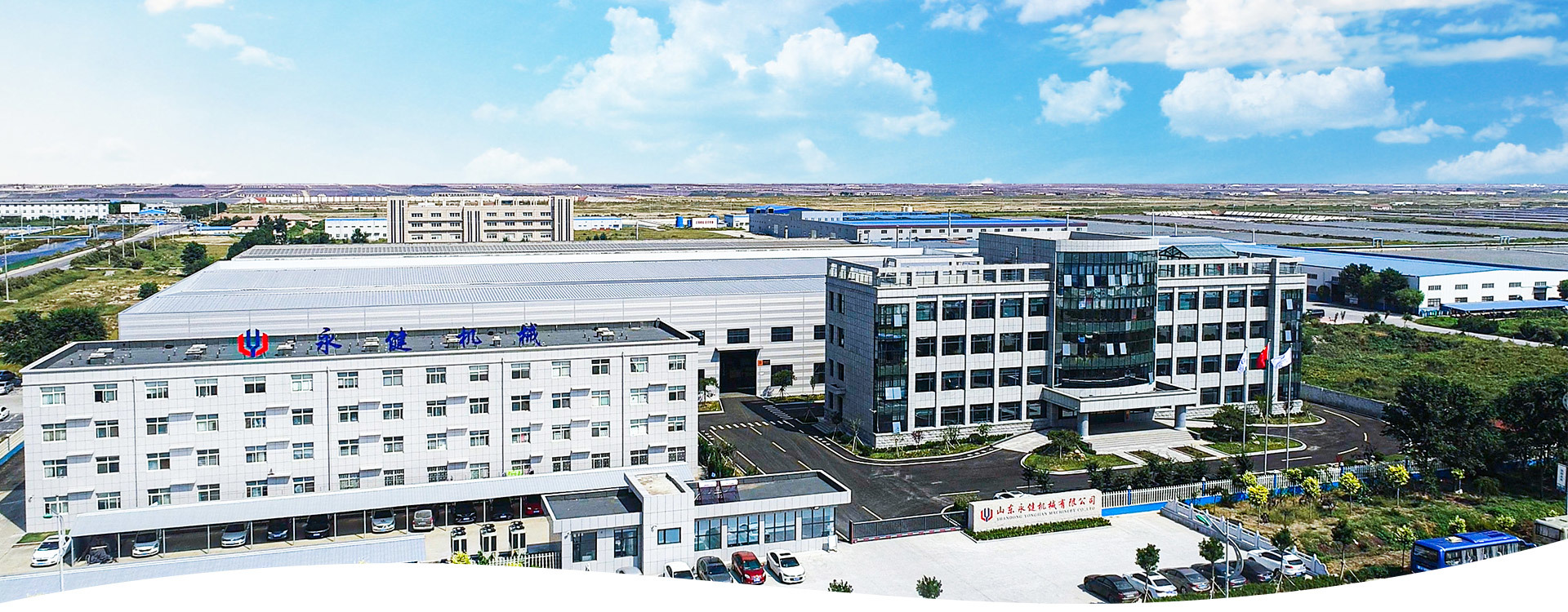Optimizing Solar Backplane Film Production Lines for Enhanced Efficiency
2025-04-08
The solar backplane film production line is a vital component in the manufacturing of solar panels, playing a key role in the overall efficiency and durability of solar energy systems. Understanding the intricacies of this production line can significantly enhance the quality of the end product, which, in turn, can lead to better performance in solar energy applications.
A solar backplane film serves as a protective layer for solar panels, providing insulation and safeguarding against moisture, UV radiation, and other environmental factors. As the demand for renewable energy sources continues to rise, optimizing the production line for these films becomes increasingly important. Here are some crucial considerations for manufacturers in the packaging machinery sector.
1. **Material Selection**: Choosing the right materials for solar backplane films is paramount. Manufacturers should focus on high-performance polymers that offer excellent thermal stability, UV resistance, and moisture barrier properties. The choice of raw materials directly impacts the longevity and efficiency of the solar panels.
2. **Production Technology**: Employing advanced extrusion and lamination technologies can enhance the quality of the backplane films. Manufacturers should consider integrating automated processes into their production lines to improve consistency and reduce waste. This not only streamlines operations but also minimizes labor costs.
3. **Quality Control**: Implementing rigorous quality control measures throughout the production process is essential. This includes regular testing of film properties and adherence to industry standards. Utilizing advanced testing equipment can help detect any defects early, ensuring that only high-quality films reach the market.
4. **Sustainability Practices**: As the focus on sustainability increases, manufacturers should consider eco-friendly practices in their production lines. This could include recycling scrap materials and reducing energy consumption during production. Not only does this benefit the environment, but it can also enhance the brand image and attract environmentally conscious customers.
5. **Training and Workforce Development**: Investing in workforce training is critical for maintaining efficiency in the production line. Skilled operators who understand the nuances of solar backplane film production can significantly improve output quality and reduce downtime.
6. **Continuous Improvement**: Manufacturers should adopt a culture of continuous improvement, regularly assessing their production processes and seeking innovative solutions. Engaging in industry forums and collaborating with other professionals can provide valuable insights into emerging technologies and best practices.
In conclusion, optimizing a solar backplane film production line requires a multifaceted approach that encompasses material selection, advanced technology, quality control, sustainability, workforce training, and continuous improvement. By focusing on these areas, manufacturers can enhance the efficiency and quality of their production processes, ultimately contributing to the growth of the solar energy industry.
A solar backplane film serves as a protective layer for solar panels, providing insulation and safeguarding against moisture, UV radiation, and other environmental factors. As the demand for renewable energy sources continues to rise, optimizing the production line for these films becomes increasingly important. Here are some crucial considerations for manufacturers in the packaging machinery sector.
1. **Material Selection**: Choosing the right materials for solar backplane films is paramount. Manufacturers should focus on high-performance polymers that offer excellent thermal stability, UV resistance, and moisture barrier properties. The choice of raw materials directly impacts the longevity and efficiency of the solar panels.
2. **Production Technology**: Employing advanced extrusion and lamination technologies can enhance the quality of the backplane films. Manufacturers should consider integrating automated processes into their production lines to improve consistency and reduce waste. This not only streamlines operations but also minimizes labor costs.
3. **Quality Control**: Implementing rigorous quality control measures throughout the production process is essential. This includes regular testing of film properties and adherence to industry standards. Utilizing advanced testing equipment can help detect any defects early, ensuring that only high-quality films reach the market.
4. **Sustainability Practices**: As the focus on sustainability increases, manufacturers should consider eco-friendly practices in their production lines. This could include recycling scrap materials and reducing energy consumption during production. Not only does this benefit the environment, but it can also enhance the brand image and attract environmentally conscious customers.
5. **Training and Workforce Development**: Investing in workforce training is critical for maintaining efficiency in the production line. Skilled operators who understand the nuances of solar backplane film production can significantly improve output quality and reduce downtime.
6. **Continuous Improvement**: Manufacturers should adopt a culture of continuous improvement, regularly assessing their production processes and seeking innovative solutions. Engaging in industry forums and collaborating with other professionals can provide valuable insights into emerging technologies and best practices.
In conclusion, optimizing a solar backplane film production line requires a multifaceted approach that encompasses material selection, advanced technology, quality control, sustainability, workforce training, and continuous improvement. By focusing on these areas, manufacturers can enhance the efficiency and quality of their production processes, ultimately contributing to the growth of the solar energy industry.
Copyright© 2025 Shandong Yongjian Machinery Co., Ltd. Powered by www.300.cn
Copyright© 2025 Shandong Yongjian Machinery Co., Ltd.
This website already supports IPV6 SEO


 sales@yjmachinery.com
sales@yjmachinery.com
 +86 17616798109
+86 17616798109








